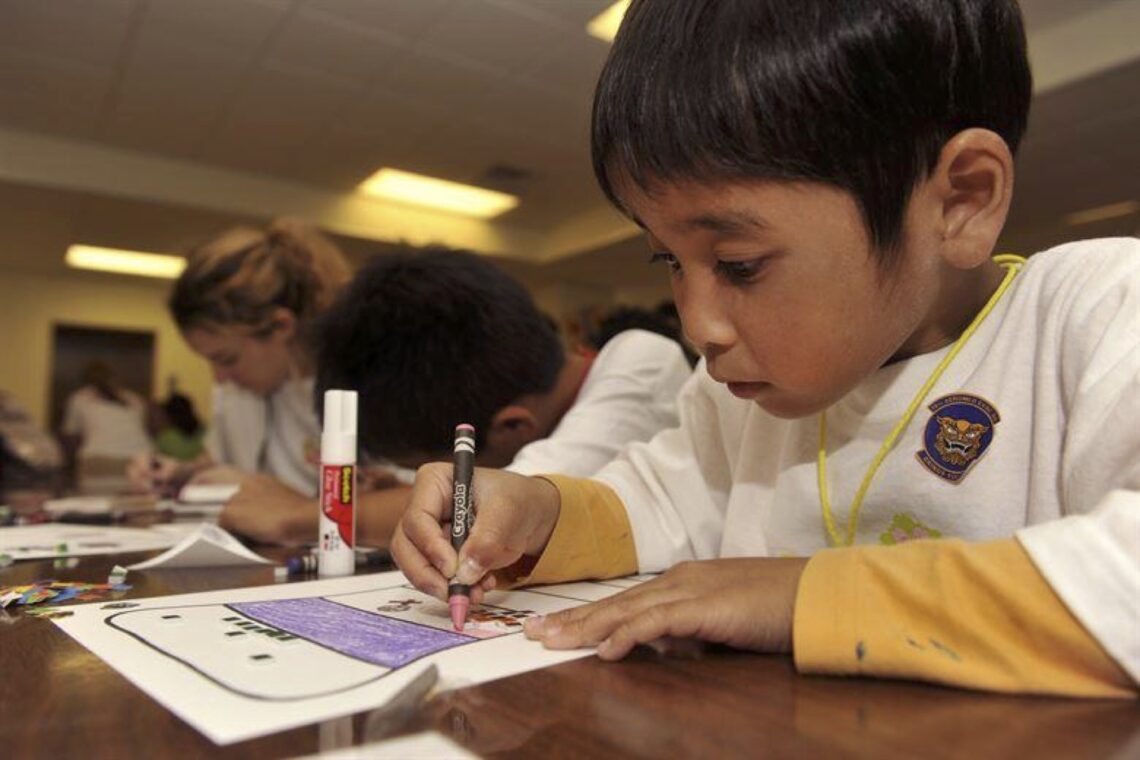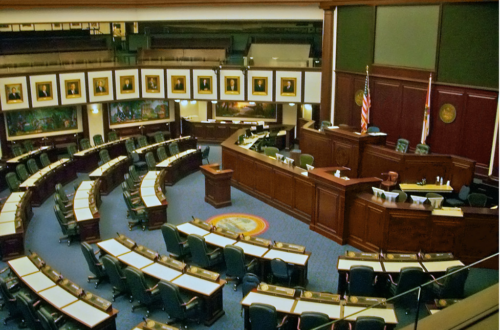There are currently 800 children in Florida waiting to be adopted, with hundreds more in the foster care and child welfare systems.
Governor Ron DeSantis has made November “Florida Adoption Month” to raise awareness for Florida’s child welfare system.
Casey DeSantis, Florida’s First Lady, tweeted on November 13th that “every child deserves to have a loving and nurturing family. As we continue to celebrate Florida Adoption Month, I encourage those who are able, to consider adoption.”
Hillsborough County in particular faces a severe foster care crisis.
The Hillsborough County Family Prevention Services Collaboration Center “removes more children [from their parents] than any other county in Florida,” according to the Tampa Bay Times. It is also the county where the most children refuse foster care placements.
Both Secretary Chad Poppell of the Florida Department of Children and Families (DCF) and lead foster care agency Eckerd Connects have supported a plan allowing foster agencies to force ‘troubled’ children to a secure facility for up to 90 days through a court order.
This plan targets older foster children who have been through the juvenile justice system. These children have ended up sleeping in offices, known as night-to-night placements, when long-term placements can’t be found.
Eckerd Connects has stated that using a secure facility would be used as a last resort option. The cost for Hillsborough County alone would be $3 million annually to provide therapy and physical intervention to these children in its secure facility in Tampa.
The plan would also go against the principles of the national Family First Prevention Services Act.
The purpose of this legislation was to change the way Title IV-E funds could be spent by states. Under this bill, states can use these funds for prevention services, instead of just for the costs of foster care maintenance.
Prevention services include mental health services, substance abuse prevention and treatment, and parenting programs. The services are designed to keep children in the home and out of the foster care system.
Opponents of the plan argue that forcing children into secure facilities would be failing these children and exacerbate their already difficult situation. Hillsborough County Sheriff Chad Chronister said that he did not believe the solution would be to “send them to a secure detention facility.”
Christina Spudeas, the executive director of Florida’s Children First, said that “They need a home, they need a place to live that is not going to throw them out.” Florida’s Children First is a nonprofit organization supporting the rights of at-risk children.
Due to Hillsborough County’s immense foster care dilemma, it is launching a $3 million program to reduce the number of children placed in foster care by focusing on families at risk of losing their children by providing counseling, behavioral therapy, and support.
In some instances, children will be placed at a group foster home for two weeks while their parents receive intensive counseling, training, and support.
Eckerd Connects risks losing its annual $83 million contract if it is unable to fix the issues of permanent placements for children.
It’s not just Hillsborough County that is facing difficulty in its child welfare services. Robert Latham of the School of Law at the University of Miami created an interactive map of the placements of every child who went through the Florida DCF since 2002, discovering an immense amount of instability in Florida’s foster care system.
The Florida DCF was sued in a class-action lawsuit last year over private providers in southern Florida failing to exercise their duties in the foster care system, such as a lack of foster homes, cramped group homes, and general instability for children.
The case was settled in August 2019, and the Florida DCF committed to improvements in the Miami-Dade and Monroe counties.
This month, budget changes are being considered by the Florida DCF that could cause Miami-Dade County and Monroe County to lose $11.5 million in their child welfare system funding. These changes would be implemented over the next 4-5 years.
Poppell has expressed reluctance to cut funding for these counties and wishes to compromise. This compromise would consist of Citrus Family Care Network, the counties’ child welfare agency, providing additional statewide counseling and behavioral health services in order to keep its current funding.
With so much instability and uncertainty in Florida’s child welfare and foster care system, many counties are facing difficulties deciding what to do to best support these children while still maintaining their funding.
There is a large amount of controversy surrounding Poppell’s plan to send troubled children to secure facilities, with those in support saying it will prevent night-to-night placements, and those opposed saying it will do more emotional harm than good.
Featured photo: A child in foster care, coloring. (Public domain photo by Airman 1st Class Stephen G. Eigel)






2 Comments
Sam Cracchiolo JR.
Great article Natalie, everyone needs to be aware. what do you propose as a solution?
Papa
This is not a new problem. There were these same problems when I was a kid. But, like you quoted in the article, the best place for these kids is to return them to their parents, where possible. The Government is the worst care system and makes a lousy Nanny. Great writeup. I hope someone invents a process to re-educate abusive parents so their kids can safely go home.